TikTok Shop Launches in Japan Following its Expansion Strategy
TikTok officially launched TikTok Shop in Japan on June 30, rolling out its in-app eCommerce experience to
YouTube being the second largest platform with almost 2 billion active users led everyone to think of it as a breakthrough for brand promotions, and as an upfront platform. True to its overall solidarity but there is always constant questioning about
How to remove the noises uncalled-for?
The noise here means to decide to segregate the content and what suits your channel best by closely looking into the analytics using YouTube analytics that improves and leverages your performance.
In the blog we will rummage YouTube analytics and gather anecdotes that you can implement easily :
If we state in simple words YouTube analytics is a way to know what is going behind the curtains of your channel. It is a pool of incredible information and demographics of your viewers so that you may have a deeper understanding of the audience your channel is catering to.
We learnt about what YouTube analytics is and how it helps in catering to your audience according to their preferred choices. Let us go deeper into the analytics and be familiar with it.
We learnt why measuring YouTube analytics is important. It’s time for understanding the step by step procedure to
YouTube generated $19.77 billion in ad revenue in 2020. Ahead of both Instagram and Facebook, it has the highest ROI for video content. Done right, YouTube ads are a profitable endeavor.
But you can also accumulate significant exposure and revenue through an organic YouTube strategy. Best practice is to start with organic, understand what techniques work for your content, then boost with paid.
In both respects, you need to understand if your content and paid media efforts are performing. There are four key reporting areas within YouTube Analytics:
As with most platforms, there are metrics that matter, and vanity metrics. Similar to app store optimization (ASO), it’s easy to fall into the trap of chasing shallow wins.
For ASO, this happens when you prioritize downloads over long-term value. Given that most users abandon apps within 30 days post-installation, high downloads don’t lead to high audience retention, satisfaction, or revenue. Time-to-value is much more important.
With YouTube, for organic, average view duration (AVD) and click-through rate (CTR) should be prioritized over YouTube search optimization, descriptions, tags, and other vanity metrics. YouTube elevates videos (and channels) that prove meaningful engagement, which is exactly what AVD and CTR do.
By elevate, we mean high AVD and CTR can get you into YouTube’s recommendation engine. 70% of the time, content users consume is recommended by YouTube’s AI and algorithm, so you want to be on this ride.
AVD is total watch time divided by total video plays, meaning viewers watch for longer, and sometimes even replay. And a high CTR represents that your hook and thumbnail resonate with your audience enough to click and view.
Understanding which videos resonate and engage allows you to replicate success and optimize those that fall flat.
Once you do master your organic marketing strategy, you can bring YouTube ads into the game. With the right targeting and content, paid ads can expand your reach and revenue.
As with any marketing play, make sure to align your ads with the stages of the funnel. Choose an ad format and campaign that aligns with your end goals (e.g. are you looking to generate traffic or leads?).
The three most critical metrics for monitoring and performance, especially regarding ROI, are View rate, CTR, and Earnings per view. These tell you how many people actually watched your videos, clicked on them, and the money earned per video view.
Of course, a video with low ROI can still generate awareness, expand impact, and lead to sales. Peripherally, you should monitor all metrics, but prioritize the ones that align with your goals and drive profitable traffic.
You should still optimize videos to rank for keywords, especially if awareness and reaching a larger audience is important. But Google prioritizes “Video Keywords” when it comes to ranking. Video Keywords represent keywords that already are tied to videos on the platform.
Don’t waste your time trying to make a non-video keyword rank. Also, focus on video keywords that have a result in one of the top three spots in Google. 55% of all clicks come from these top-ranking keywords.
As the name suggests, this metrics from YouTube analytics gives you an overview of your channel or the particular video for which you want to check the metrics.
This metrics focus on
Clear information on how many views you have on your content, what is the total watch time on your videos, number of people subscribed to your channel and how much you could have earned.
Based on this, you can mold your strategy!
For your MOFU content, focus on the Engagement metrics tab. This gives you insights into how viewers are interacting with your videos, including:
The top things to focus using this metrics are
Using engagement metrics from your YouTube analytics, you can easily understand the audience’s reaction to your video and how people are engaging with your content.
In this metrics, you can target the reach of your video content or the channel. Top pointers tracked here are
The basic insights from here are obtained when we dive a little and focus on the following.
Herein from the YouTube analytics you can extract the sources of traffic your content is receiving. Traffic Sources types show you how people are coming to your content. Whether it is from external sources of marketing, or YouTube marketing, Direct or indirect sources. This will benefit you in the way that you can focus more on that source and find ways to target more audience from other sources also.
Knowing and finding your target audience is the utmost priority for any business because that is the point you clear out your sales point and revenue system, Youtube analytics helps you to find out about your audience using the audience metrics. It shows the data for
Also, from this metrics you can come to know about
Using this metrics pointer you will be able to identify you exact target audience. This will help you bring out the best for your target audience and upscale your content and brand to significant levels!
This metrics give you an idea of the revenue you did and expected to make. Top pointers considered here are
Talking about a little in brief, here you can come to know about
Go through each and every metrics thoroughly. Find out where you are lacking. Get the complete overview of your content.
Find out how people are engaging with your content. What is the watch time people are having? What are the trends audience are loving?
Prepare a perfect blend of your target audience and according to them prepare your content and market them well. Check your content reach regularly.
Find answers to these queries and mold your content and strategy accordingly.
Your path to make the most of YouTube for your business or saying to become a successful Youtuber is YouTube Analytics. So, once again go through it, and bring it in practice to become a pro. In case of any confusion or expert support, Connect with over skype or WhatsApp.
You can also come down to the comment section in case of query!

TikTok officially launched TikTok Shop in Japan on June 30, rolling out its in-app eCommerce experience to

The TikTok Takeover: From Lip Syncs to Checkout Clicks A few years ago, TikTok was

About the Client Shop Name: CrystalHealStore Marketplace: Etsy Focus: Bohemian & Ayurvedic-Inspired Fashion Location: Global
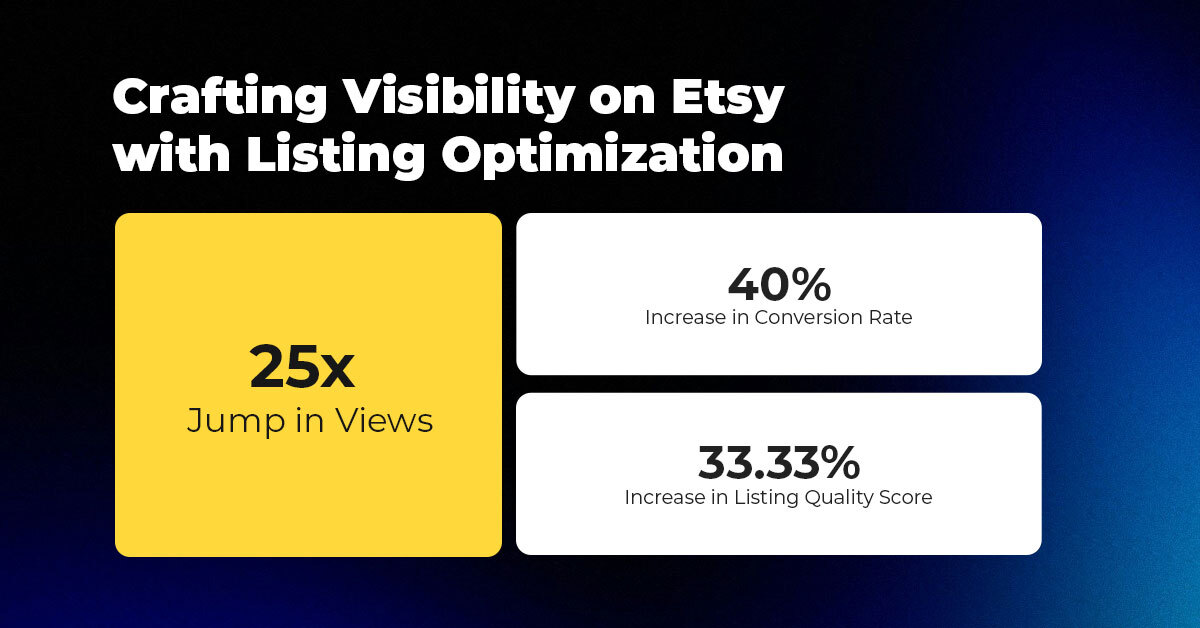
About the Client Shop Name: PinwheelCraftsStore Marketplace: Etsy Focus: DIY Craft Kits for Kids Location:

It just took one Black Friday crash for Gymshark to realize their growth had outpaced
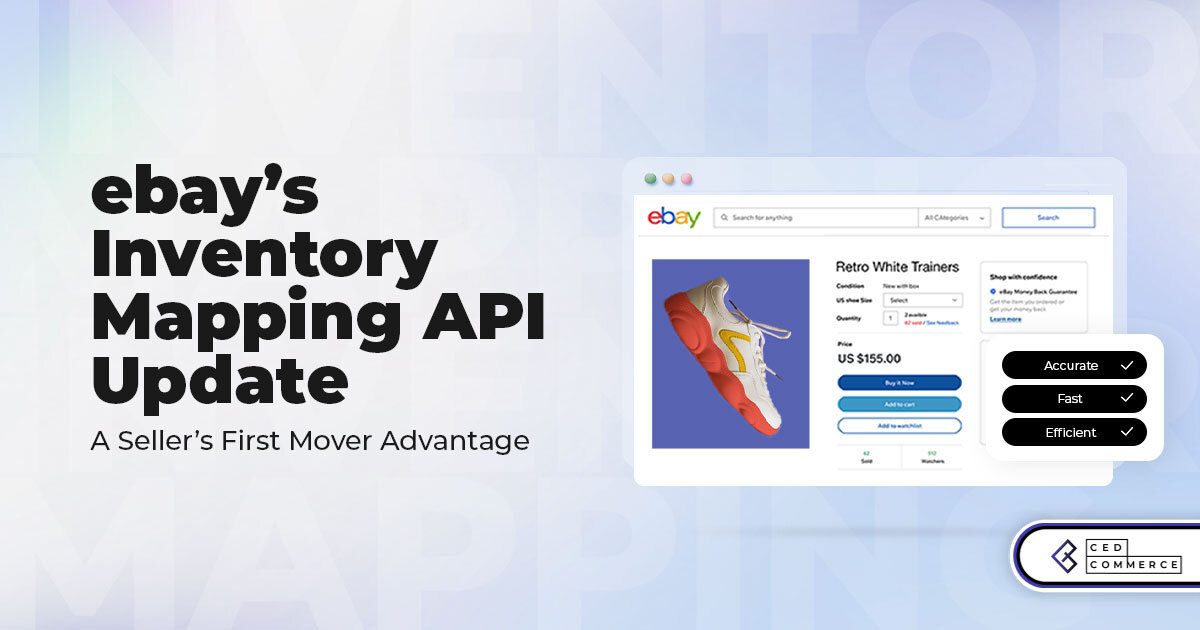
It takes on average 5 to 10 minutes to list a single product on the

With millions of sellers on Amazon, protecting your brand has never been more important. Counterfeit

TikTok isn’t just setting trends anymore — it’s rewriting the playbook for performance marketing, creative

In a significant development for online retailers, Walmart has officially updated its policies to permit
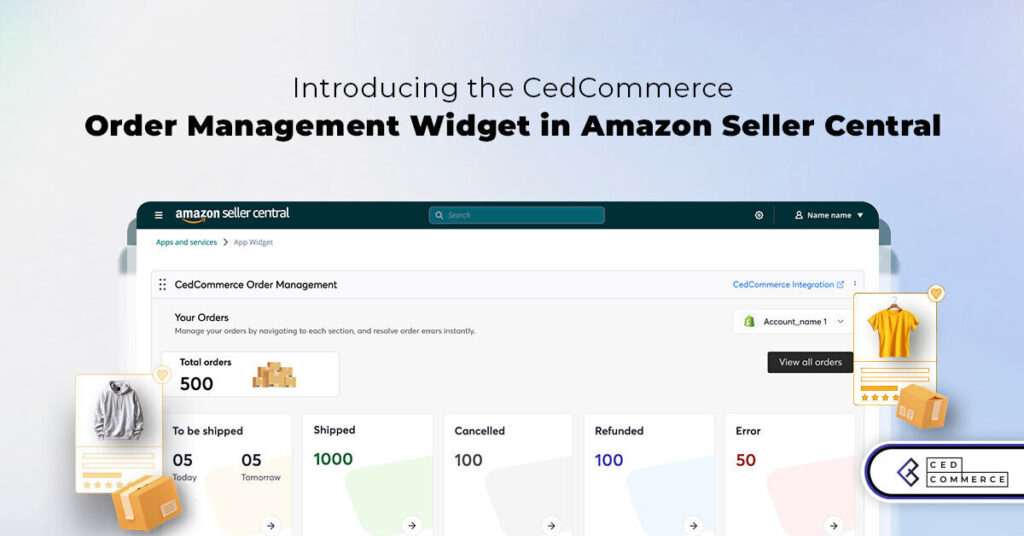
Are you encountering issues with Amazon order management across various sales channels? If so, everyday

A Deep Dive into Selling Smart on TikTok Shop UK, TikTok Shop US, and TikTok

In a world where cross-border commerce fuels eCommerce growth, tariffs are no longer just policy

In the world of eCommerce, visibility is everything—and Walmart Marketplace is no exception. With thousands

In what comes as a major relief for TikTok and its millions of users in

In a move aimed at enhancing product quality and boosting buyer confidence, TikTok Shop has

Selling on Amazon offers immense opportunities, but one of the most crucial decisions sellers face
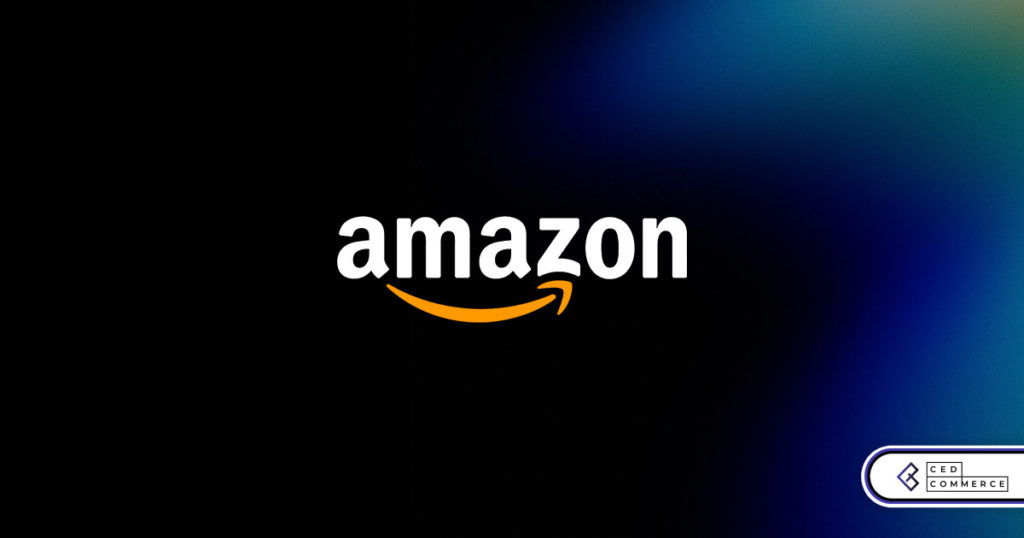
Amazon is doubling down on AI-driven selling tools, introducing a new AI-generated product enrichment pilot

With over 17.6 million sellers on eBay marketplace, cracking the code behind the top selling
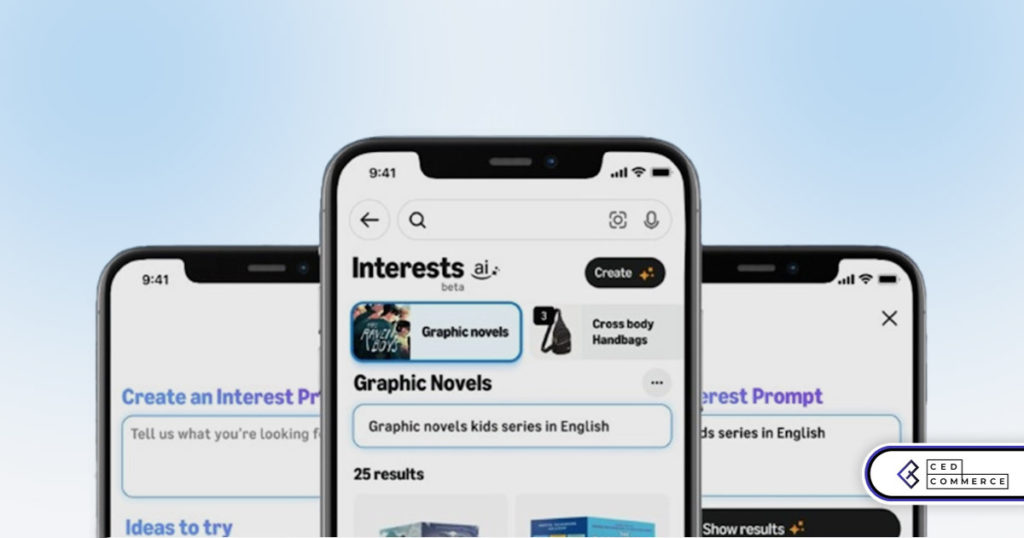
Amazon is doubling down on artificial intelligence, introducing the AI-powered ‘Interests’ feature that automatically finds

U.S. President Donald Trump has hinted that a TikTok deal is on track before the